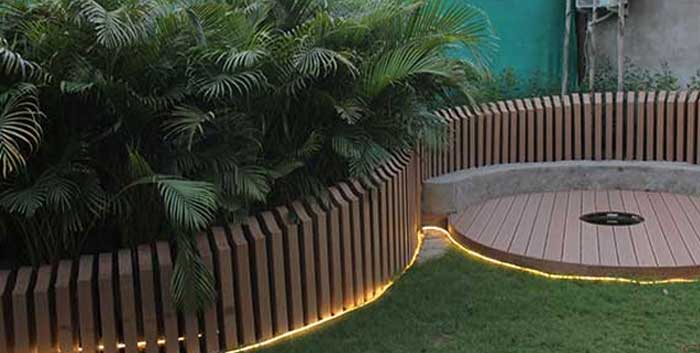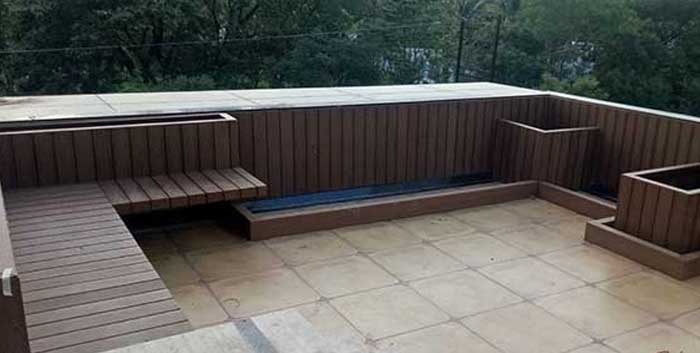Duct / Louvers
Modern louvers are often made of aluminum, metal, wood, or glass. They may be opened and closed with a metal lever, pulleys, or through motorized operators. The Standard specifies requirements for the construction of buildings using louver in bushfire-prone areas in order to improve their resistance to bushfire attack from burning embers, radiant heat, flame contact and combinations of the three attack forms. The revised building standard details various construction methods and materials that must be used depending on the homes level of bushfire risk. This includes changes to the window and glazing requirements for homes located in a Bushfire Attack Level category greater BAL-Low.



Louvers are rarely seen as primary design elements in the language of modern architecture, but rather simply a technical device. Louvers are part of the design of Demerara windows to help keep 18th and 19th century buildings cool in hot climates and block direct sunlight. Some modern louver systems serve to improve indoor daylighting. Fixed mirrored louver systems can limit glare and of redirect diffuse light. Such louvers may be integrated in between two panes of double glazing. In industrial facilities such as steel foundries and power plants, louvers are very common. They are utilized for natural ventilation and temperature control.